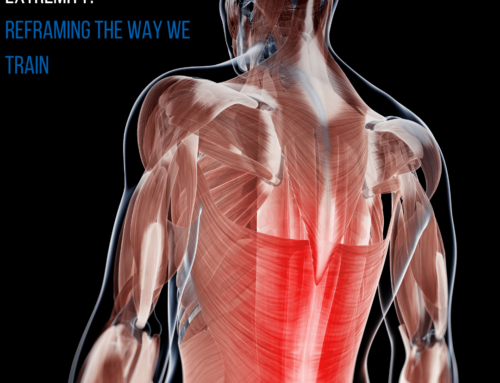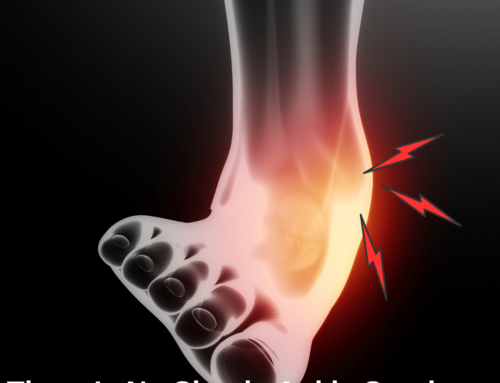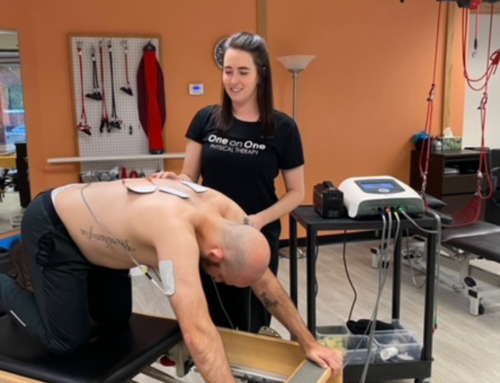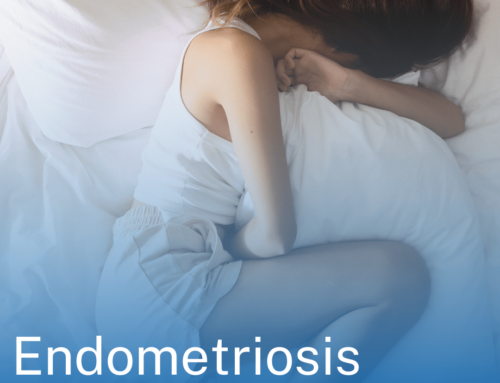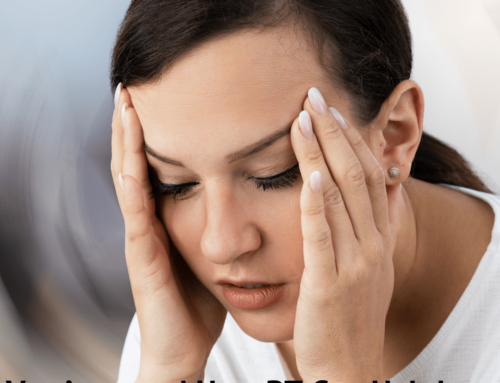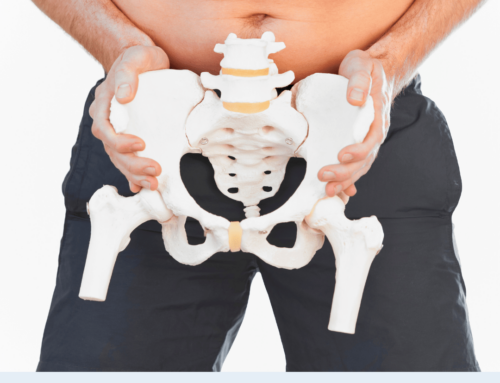Gotta Go!

Have you ever gotten been hit with a feeling of sudden urgency to run to the bathroom. All the sudden you have to drop everything you have in your hands, dodge obstacles on the way to the bathroom and as you close the bathroom door and try to sit on the toilet, you squeeze your legs to make sure nothing comes out?
This common pelvic floor dysfunction is called trigger bladder. It is caused by activities you do trigger and your bladder sends a message to your brain to go to the bathroom. Physical therapy can help with this using bladder retraining. With bladder retraining, you look at frequent urination as a habit. Scientist have found habits are predictable in nature . You have a trigger, then you go through a routine, and once the routine is finished you get your reward. Each type the cycle gets repeated the trigger gets stronger. This is a two part blog and this week we are trying to identify if your bladder is really full or if it is acting out of habit.
Let’s take the previous scenario: The trigger is opening the front door. The routine is going to the bathroom once in the door. The reward is the empty bladder. Yes, sometimes the bladder may in fact be full when opening the door; however if you did not have that strong urge turning on to your street or parking your car your bladder might be sending you a false alarm.
When the trigger occurs, ask yourself, “is my bladder really full?” Here are some facts to help determine whether the bladder is full.
- Normal voiding is 2-4 hours. This would produce a strong steady stream for about 8-15 seconds. The color of the urine should be pale yellow, and except for the morning there should be no odor present.
- Our bladder continues to store as we sleep. It can hold up to 750 ml. One should be able to sleep comfortably without waking up if you are under the relative age of 65.
- Bladder filling should be gradual; there should be several minor signals the bladder is filling before the strong urge hits.
- Dehydration may irritate the bladder, causing sensations of a full bladder and/or pain with urination. Likewise if you drink to much water to quickly, (fluid loading) you will have to urinate more frequently.
- It is also important to note that certain foods and medications act like diuretics which may increase the frequency of urination
When deciding if your bladder is full ask yourself when the last time you went was. Did you have a lot to drink since then? When did the signal first start firing?
Homework: For the next week write down all the triggers you have that activate your bladder. Are you able to tell when your bladder is full?
Next week we will talk about what to do when that trigger gets activated!
Dr. Anisha Drake is a Board Certified Women’s Health Specialist at One on One Physical Therapy. She treats pelvic pain, post-prostectomies, urinary/fecal incontinence, constipation/ IBS, pelvic congestion, Interstitial Cysitis, diastasis rectus abdominis and endometriosis as well as overactive bladder. Anisha received her Doctor of Physical Therapy from University of Saint Augustine in 2009.
